In 2019, eight young designers and design theorists could participate in the six-month László Moholy-Nagy Design Grant, managed by the Hungarian Design Council and financed by the Hungarian Intellectual Property Office and the Ministry of Human Capacities. In the course of the program, the grantees could implement their self-developed projects or projects developed in collaboration with manufacturers. Learn more about them here, on HYPEANDHYPER. Demeter Fogarasi – Biocomposite furniture – Breeze Chair.
Unfortunately, the exhibition presenting the works of the grantees scheduled to the end of March was cancelled due to the coronavirus epidemic. As a way of making up for this event and complementing the remarkable catalogue already published or “making it more alive,” we will present you their projects in the next eight weeks.
Demeter Fogarasi graduated as an industrial design engineer from Budapest University of Technology and Economics. He got his MA diploma at the furniture design department of Moholy-Nagy University of Art and Design, after which he worked at Planbureau Design Studio for four years, focusing primarily on developing exhibitions, concept furniture and unique solutions. At the same time, he worked as a business developer at Logifaces that sprung out from their studio, and he was also designing a beer brewing machine and a stroller for a Swiss startup.

For him, furniture design is the branch of design where he can fully leverage his creativity, and so he also tries to approach his projects from an emotional angle, and not only focusing on the utilization function in a traditional sense. He achieved his first big success in 2014, with his furniture Pinsofa at Stockholm Furniture Fair, which brought him coverage in several prestigious foreign magazines. He attended several renowned fairs and exhibitions since, both in Hungary and abroad, including the exhibitions of the Hungarian Design Award and VITRIN Budapest, as well as last year’s S/ALON Budapest.
Motivation, support, framework
The designer won the Moholy-Nagy László Design Grant for the second time in 2019, which allowed him to create a new project. “In addition to the financial help, the program also provides motivation, support and a framework for implementing our projects. Of course, hardships, creative crises, problems in implementation can emerge in this case, too, but these are the necessary implications of each design process, and on top, the solutions of these problems make this all truly exciting. In the past half year, I became even more convinced that focusing on furniture design is a practical and useful thing for me, so I would like to expand my professional portfolio in this field, by all means. In my view, the grant is a good opportunity for up and coming designers, something they should definitely not miss out on” – Demeter told us.
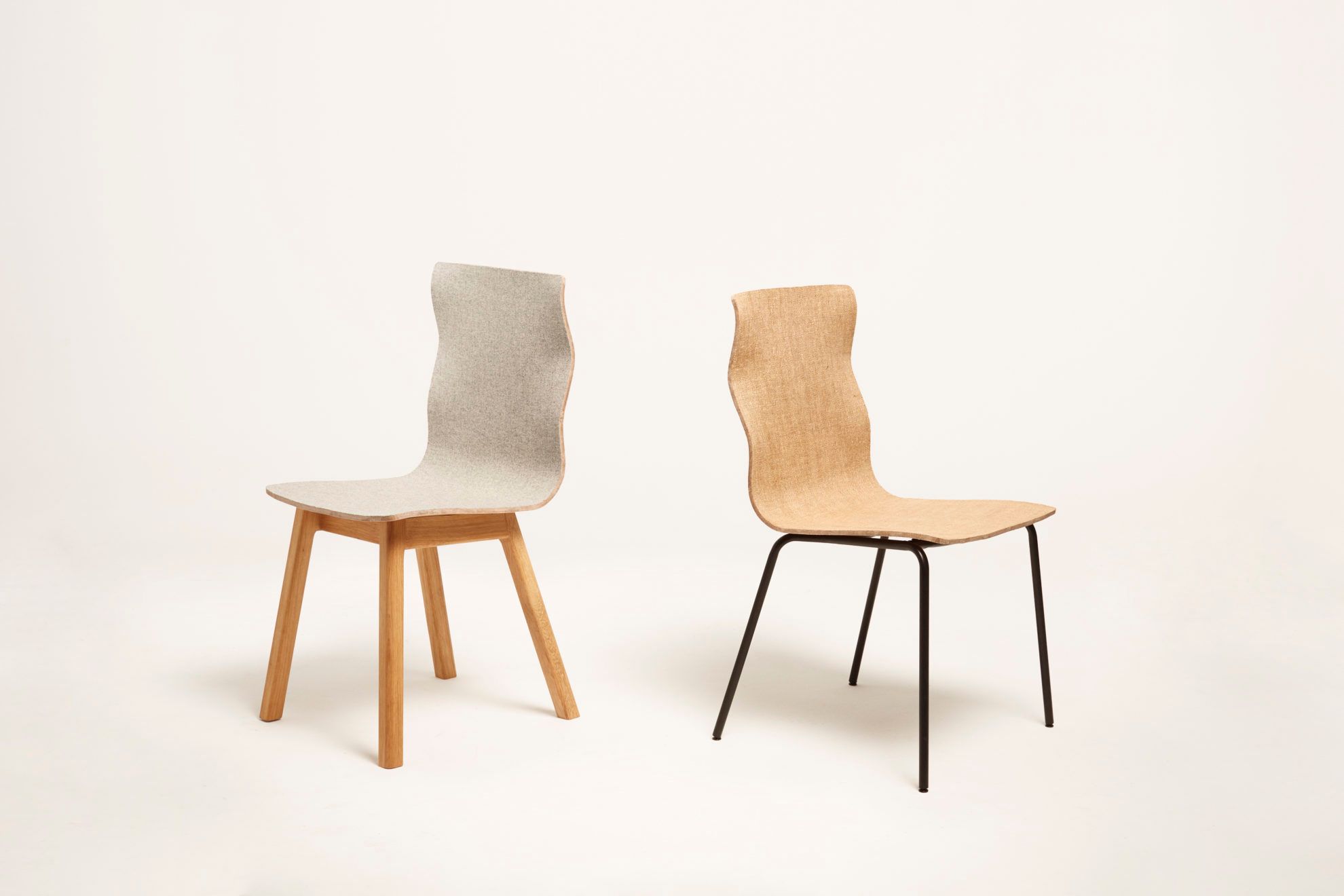
The project – Biocomposite furniture
For designing his chair collection, Demeter Fogarasi teamed up with a Hungarian business experimenting with the ways of using the biodegradable plastic known as PLA. The aim of the designer was to create a chair built on technical grounds, developed along the criteria of traditional industrial design and preferably suitable for mass production that can stand its own in any interior owing to its timeless elegance, however, its unique character and choice of material clearly distinguishes it from competitors.
“The Breeze Chair is a chair made of fully biodegradable biocomposite, the shape of which was inspired by the material developed together with Meshlin Zrt.”
The concept is 100% built on the technology used by Meshlin Composites Zrt. – the first task of the designer was to experiment with the material. He wanted to create a composite material with mechanical qualities that allow the creation of furniture industry products through thermoforming. The chair prototype created in the course of the experiments also works on an emotional level, as it strives to highlight the nature of the new material (also implied by the subtle tilde running on the side of the chair), at the same time, it fulfils all functional requirements, leveraging both the rigidity and flexibility of the material.
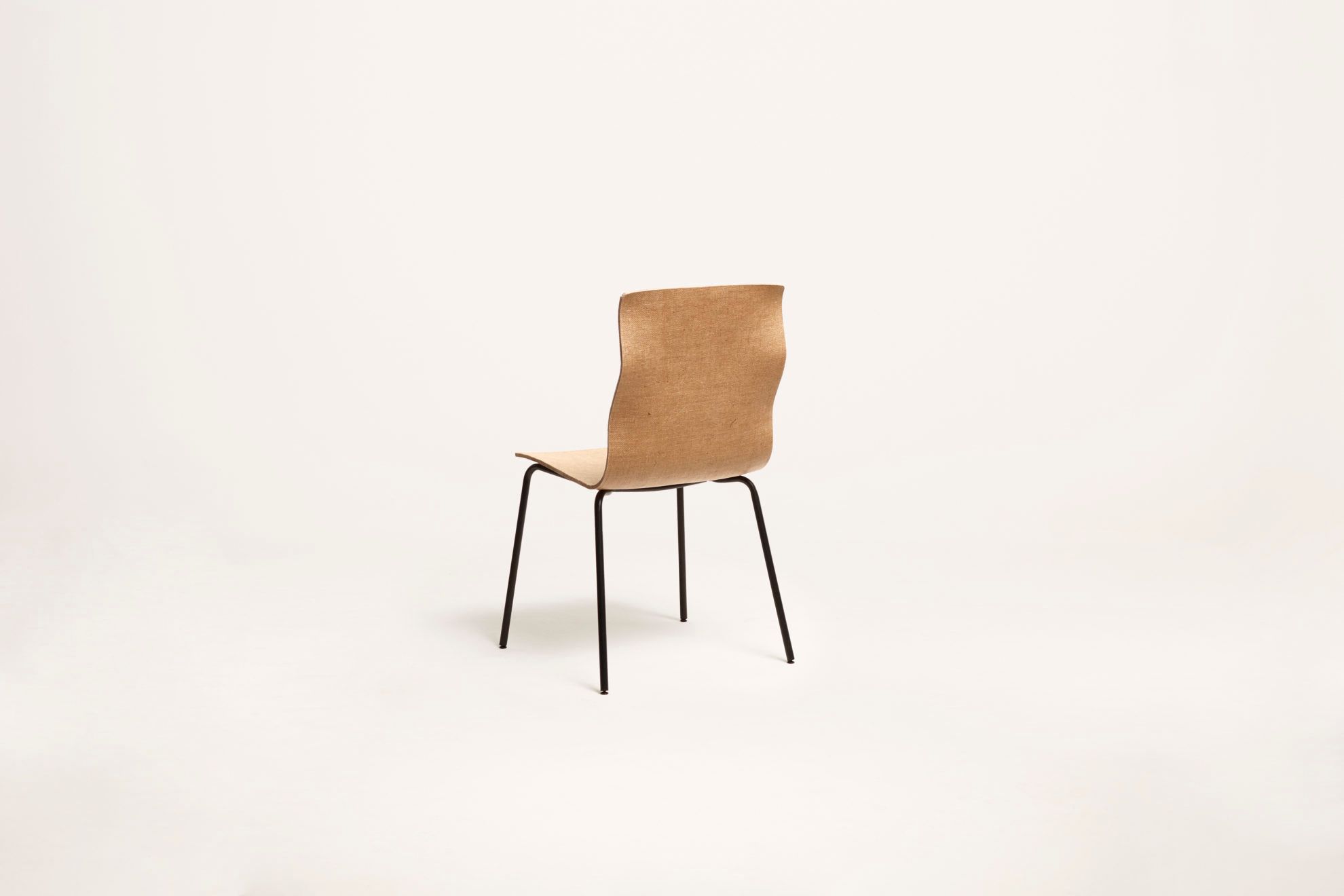

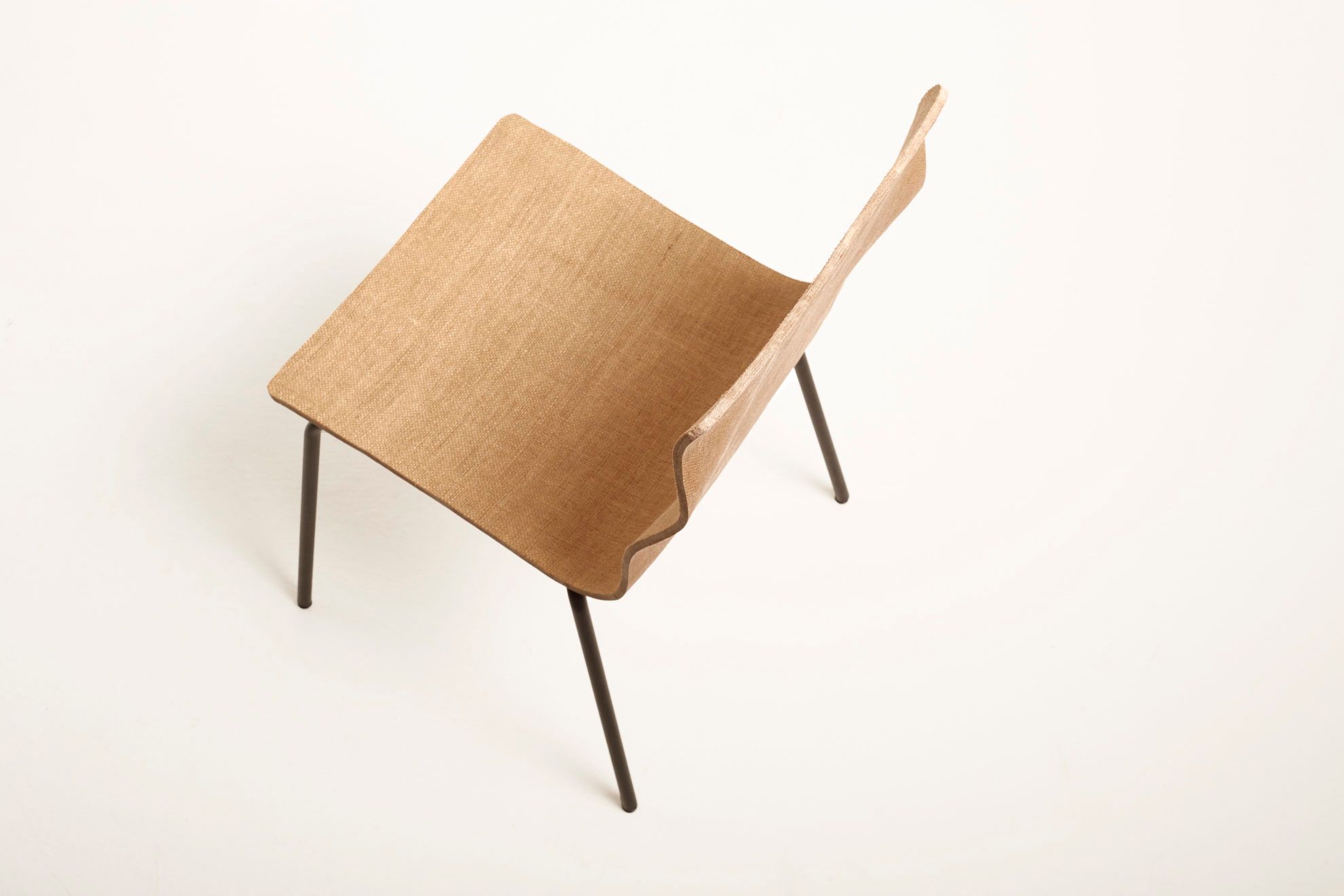
“The chair we created expresses the characteristics of the new material with simple and subtle gestures, both in mechanical and emotional terms – their consonance is what makes the concept a whole.”
Owing to the flexibility of the back of the chair, it provides a more comfortable sitting experience to its user. The external layer of the material of the chair is an optional fabric. By establishing a variable order of layers, they created a novel upholstery method in the course of manufacturing the materials that does not require a separate work process compared to manufacturing an unupholstered version. The external “textile touch” layer is placed on the material already in the course of laminating, which will take up the desired form in the course of thermoforming together with the internal structural layer.
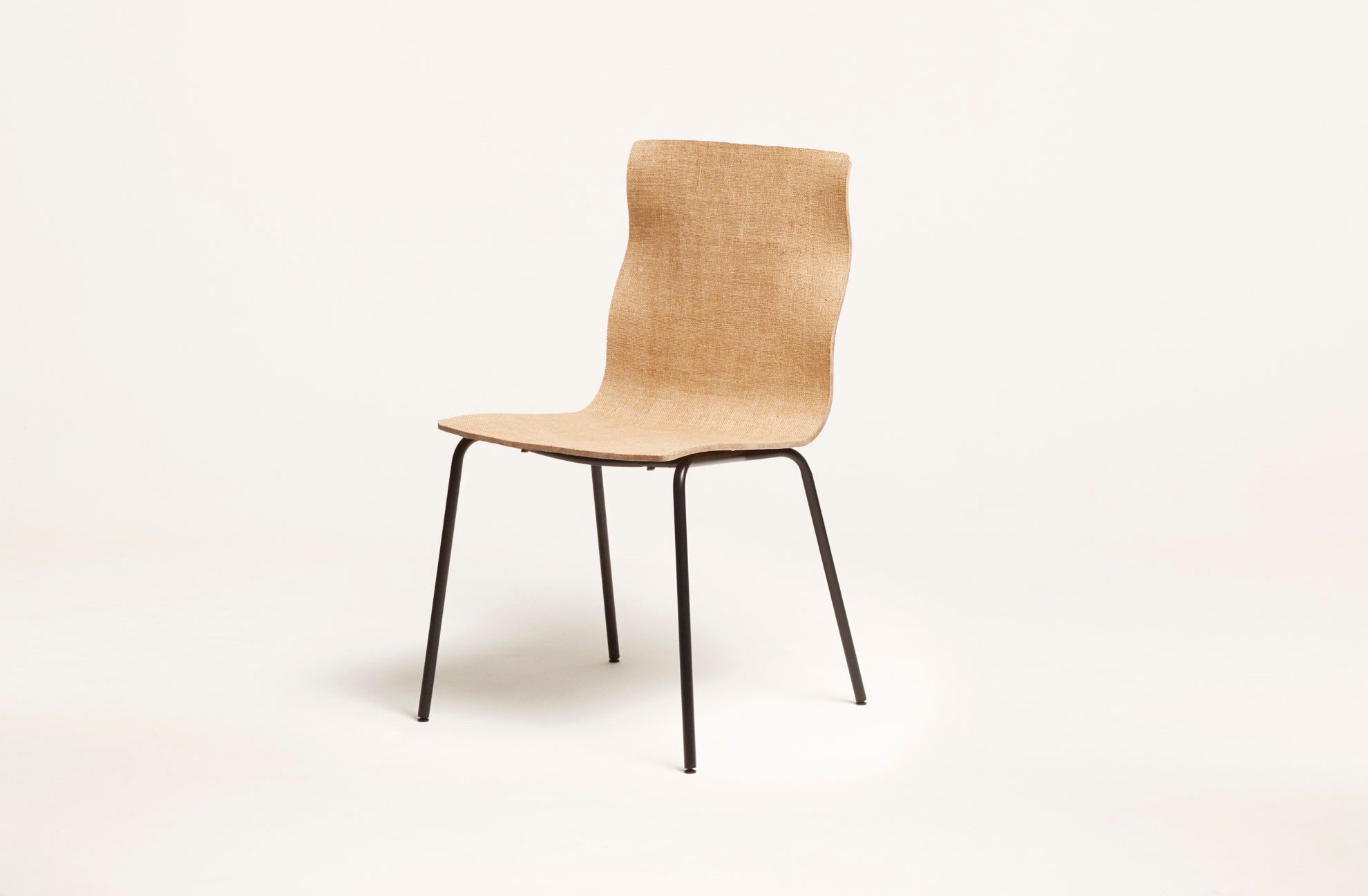
Demeter’s long term goal is to create a modular system through a combination of different seating surfaces, upholsteries and leg solutions that can be adapted to the broadest possible range of functions and that can also be the first member of a future product family.
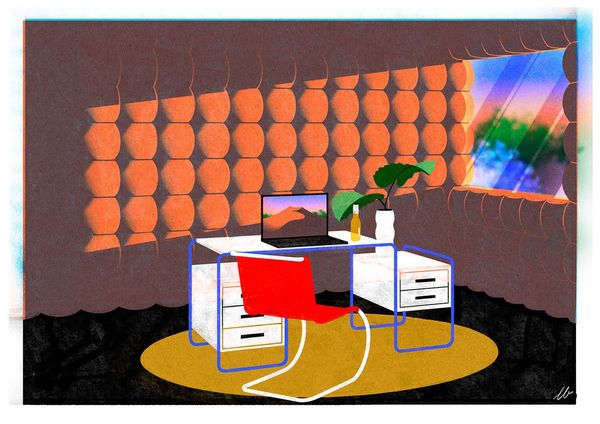
The spaces we lost - the quarantine office concept

Optimism in the crisis










